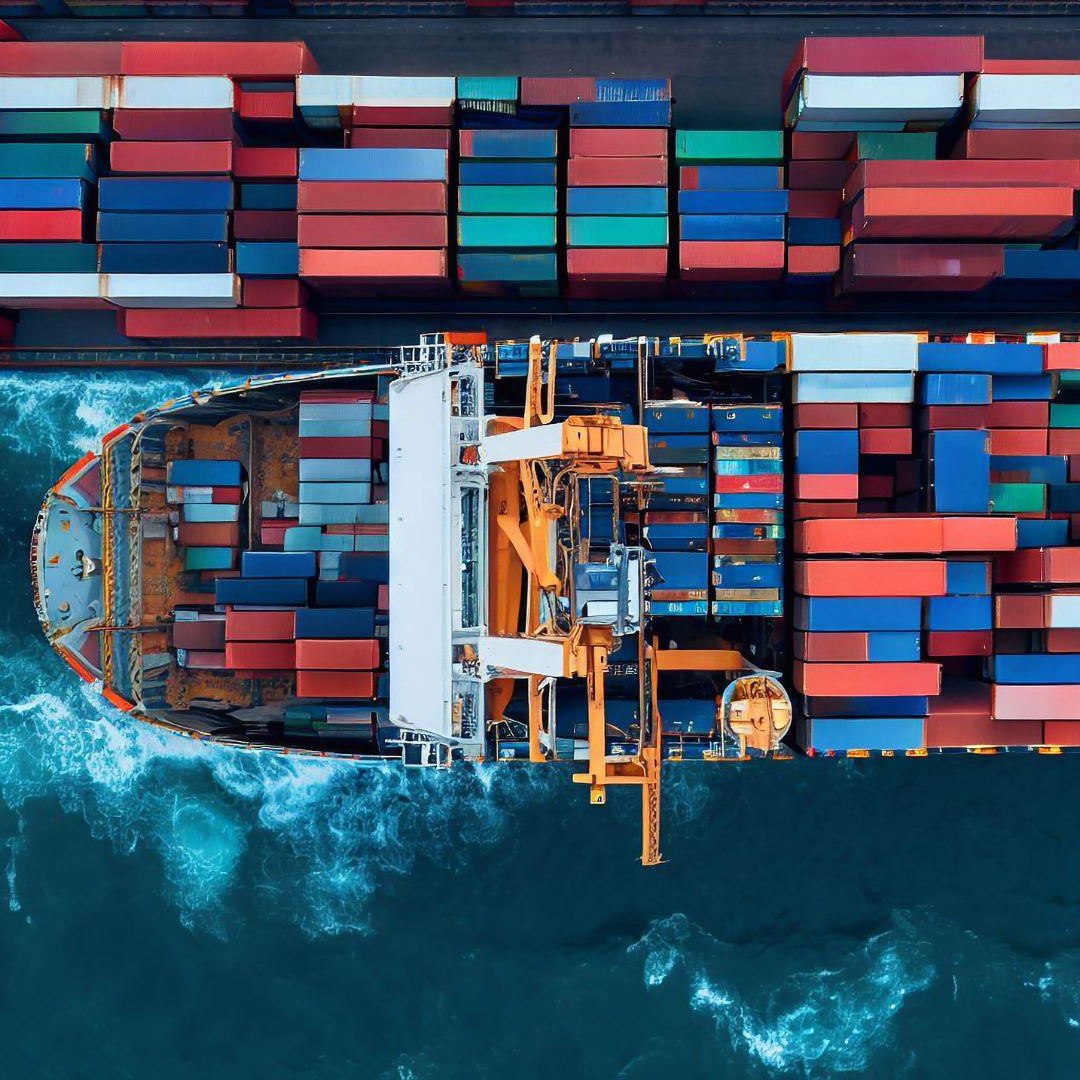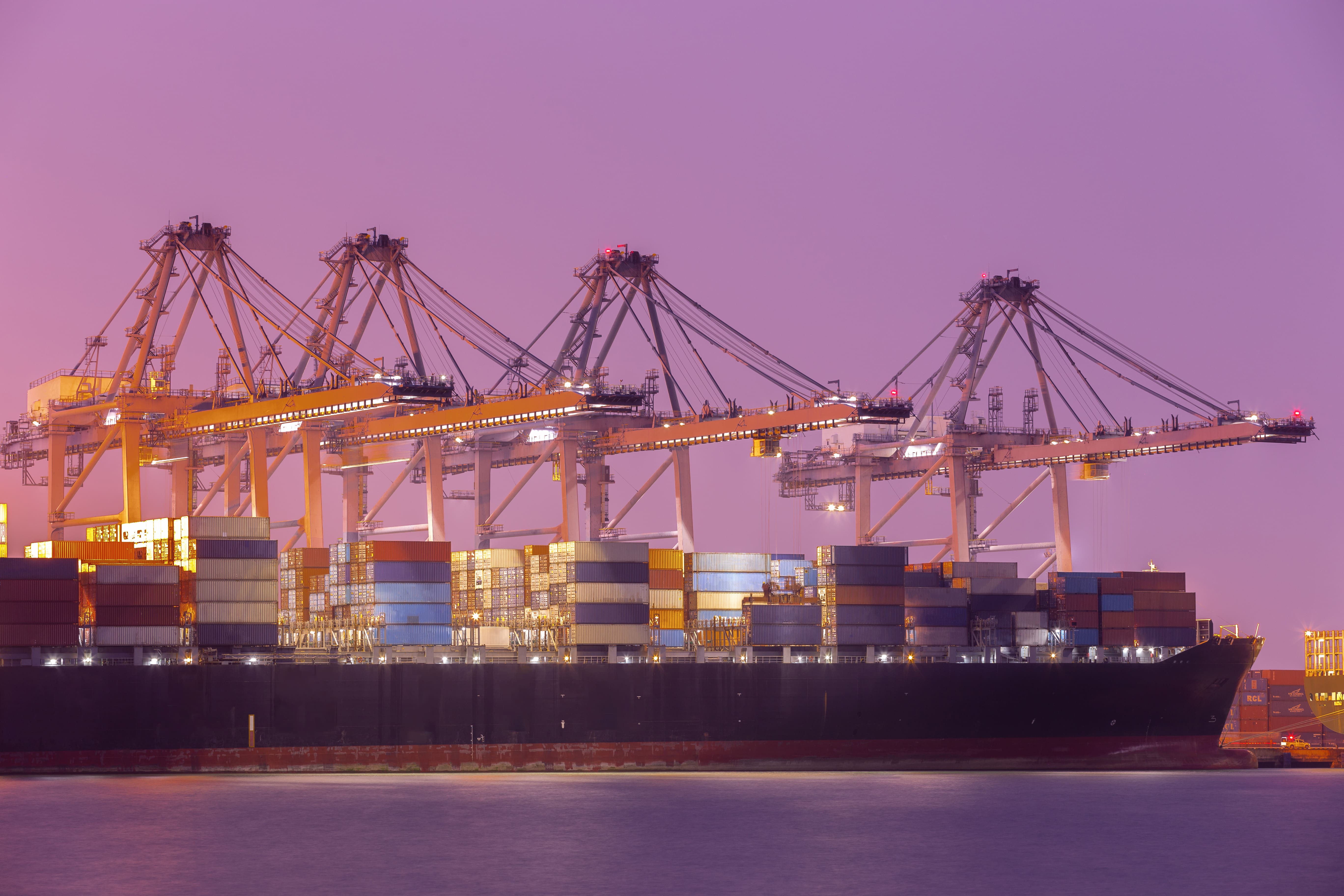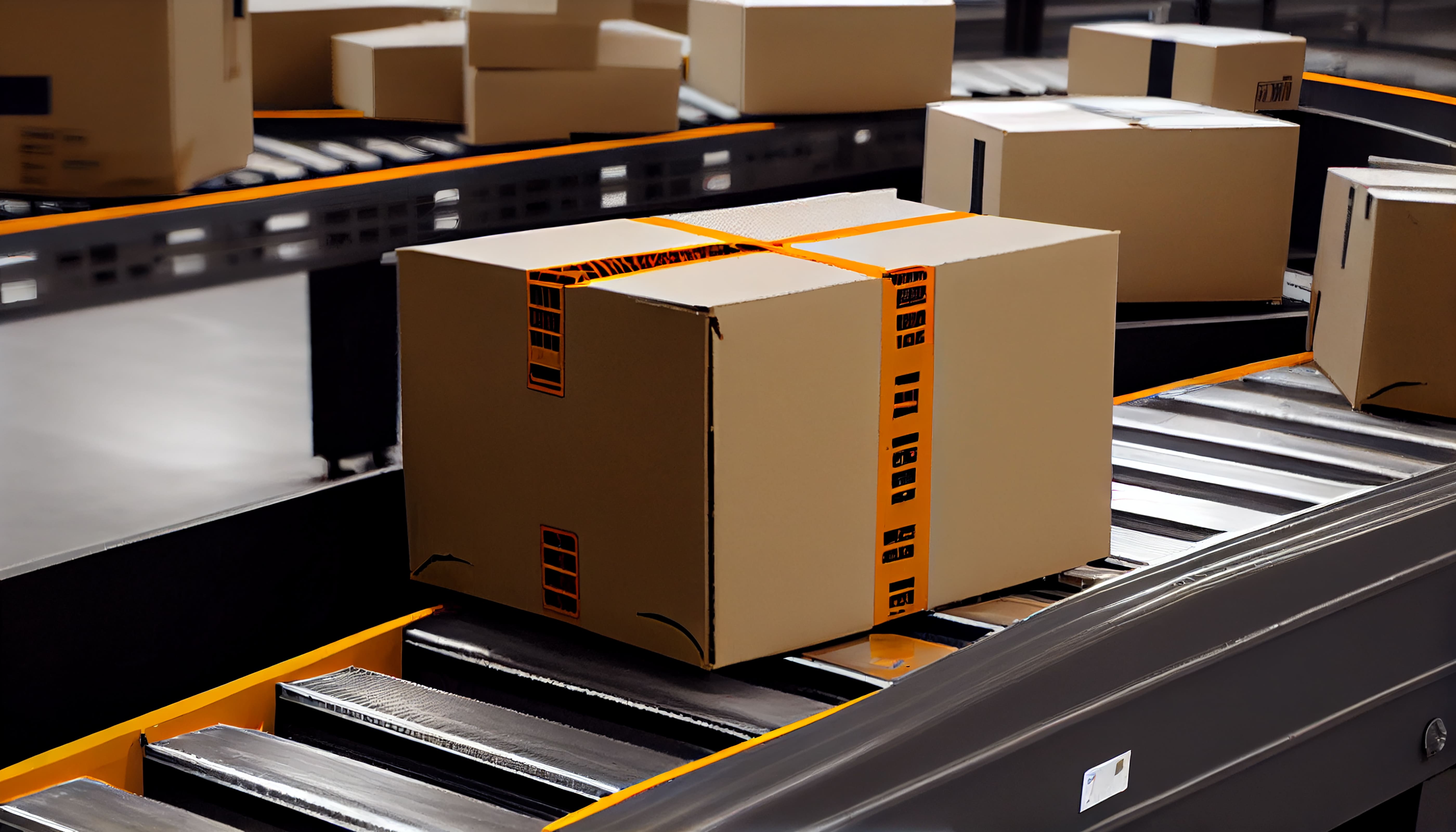Logistics Planning and Process Optimization in Maritime Transport

With the growth of global trade, maritime transport is playing an increasingly important role. In this process, effective logistics planning and process optimization are crucial for reducing costs, improving time management, and enhancing overall efficiency. So, how are these elements achieved in maritime transport? Here are the details:
1. Effective Logistics Planning
Successful logistics planning in maritime transport comes at the very beginning of all processes. The logistics planning process encompasses many factors, including where the cargo will be transported from and to, which vessel will be used, the destination, and customs procedures. The following steps make up an effective logistics planning process:
- Cargo Analysis: Determining the characteristics, quantity, and transportation conditions of the cargo to be transported is the first step in planning.
- Route Selection: Identifying the most suitable maritime route helps to optimize costs and durations.
- Vessel Selection: Choosing the appropriate vessel based on the type and quantity of cargo enhances the efficiency of transportation.
- Timeline Creation: Scheduling the transportation process is critical for preventing delays.
2. Process Optimization
Process optimization refers to adjustments made at every stage of the transportation process to enhance efficiency. This phase is crucial for reducing costs and shortening transportation times. Some strategies that can be applied for process optimization include:
- Utilizing Technology: Logistics software and tracking systems allow real-time monitoring of cargo locations. This enables rapid intervention in case of issues.
--Data Analysis: Analyzing past shipping data helps identify which routes are more efficient. This information plays a critical role in decision-making during future shipping processes.
- Collaboration and Communication: Ensuring effective communication among all stakeholders involved in the transportation process helps prevent delays and errors.
- Improving Customs Procedures: Customs processes are a significant factor causing time loss in maritime transport. Optimizing these processes ensures faster transit of the cargo.
3. Monitoring and Evaluation of Processes
The effectiveness of logistics planning and process optimization in maritime transport can be enhanced through continuous monitoring and evaluation. Establishing performance indicators at every stage of the transportation process indicates which areas need improvement. Additionally, creating feedback mechanisms is essential for continuous development.
In maritime transport, effective logistics planning and process optimization are critical for reducing costs, improving time management, and enhancing overall efficiency. It is essential for businesses to develop strategies considering these elements to gain a competitive advantage. The use of modern technologies, data analysis, and collaboration contributes to creating more efficient processes in maritime transport. Therefore, it is of utmost importance for every business to continually review and improve its logistics processes.






